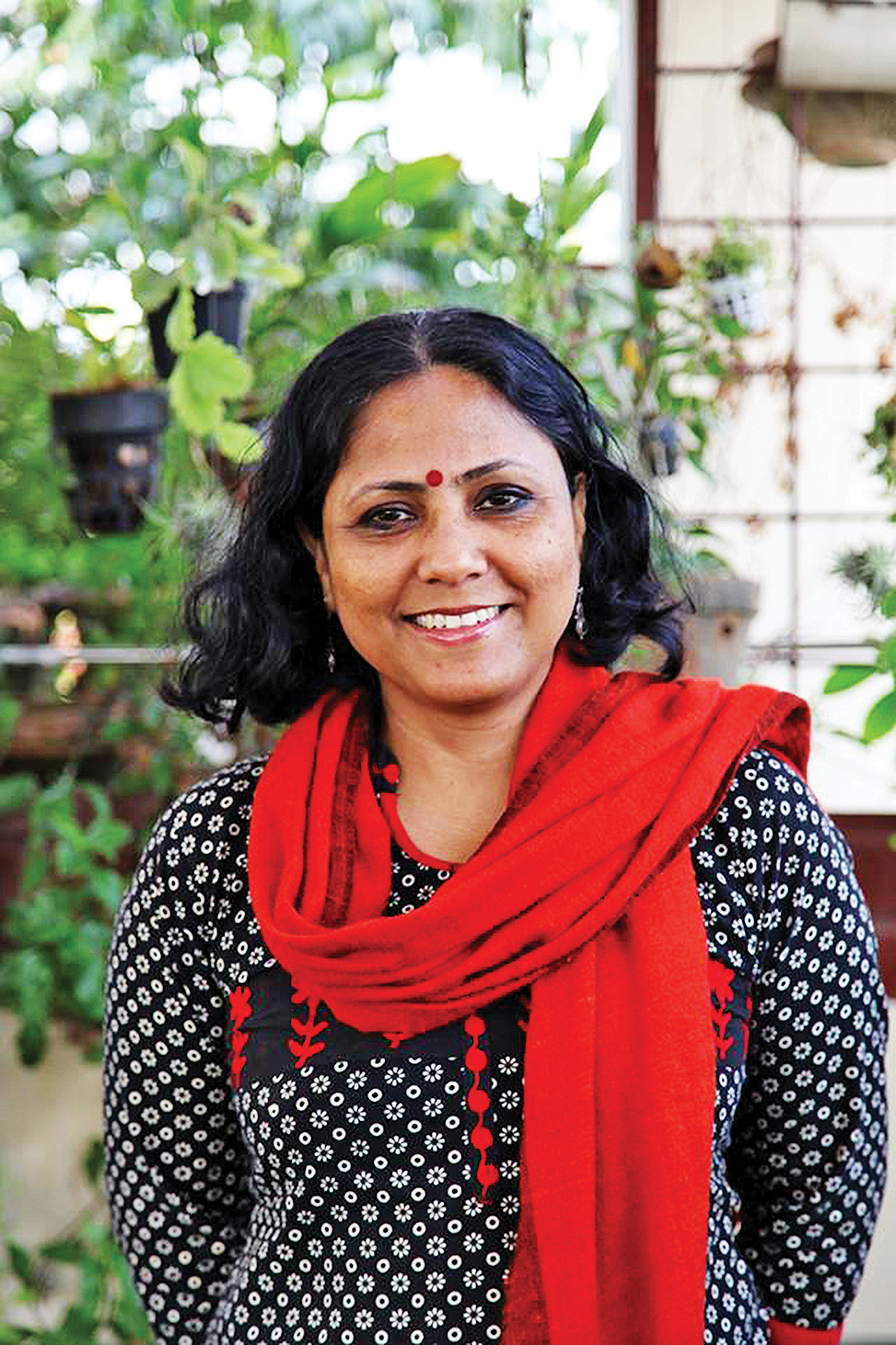
As one glances at the shining sculptures of tank tops, corsets and boots — it appears to be smooth and alluring. But a closer inspection reveals that their polished surfaces are comprised of gleaming stainless steel razor blades, carefully welded into these rigid yet fragile structures.
For Bangladeshi artist Tayeba Begum Lipi, the use of razor blades as a medium of her work goes back to her childhood. Witnessing several childbirths, her work reflects her visceral memory of purchasing and cleaning sparkling new razor blades and pins, as the crucial, often only, tools available to the midwifes for delivery.
The implication of the material however goes much beyond this. It stands out as a powerful and provocative choice of medium that throws light on the violence against women in Bangladesh and explores feminist issues of marginality and representation of the female body. It suggests that they have become a protective armour for their female users — adding a sinister and at times, melancholic undertone.
One of the most noted artists from Bangladesh, Lipi shares her take on her medium, her journey and the standing of Bangladeshi artists in the global art scene. Excerpts:
Your works are quite personal. Is there anything that you shy away from while creating them ?
Not really. I think I am not in an age to be introverted about anything anyways.
Blades and safety pins continues to remain your most preferred medium for work and quite rightly so, given its implication. Could you please elaborate on this?
It has been quite a long journey working intimately with these two materials. The initial stage of the series of work indicated a significant role of the materials themselves. Whereas moving from the primary background, the razor and safety pins have become a texture to my work — still trying to connect with the context, though it’s allied to my signature medium now. My last solo with Shrine Empire gallery this year ‘Vanity Fair’ elaborated this concept.
Your works brings into spotlight the sexual stereotypes that dominate women’s lives in your country. What propelled you to work on this? Do you see other artists from Bangladesh making any significant creation in this subject as well?
Over the years I have been working with personal entities that I feel to be really intimate, yet are not intimate to me. There is a distance between the object and me, but at the same time I feel close to them. Being part of a confused culture, the identity of a woman and their clothing does matter to the majority of the society; thus, I always find this issue an interesting part of my life.
No, I would not say there’s a significant presence, but few works are created by female artists from time to time.
Most of your works are marked with socio-political narratives. Has it always been the subject that interested you or has it evolved over time?
I believe, as a person, I am not out of the socio- political changes around me over the years. Thus, I feel there should be some reflection in my work that make me responsible to speak out in my own way. It has been evolved overtime using various mediums. My latest videos ‘What If I’m Modeling’ and ‘This is what I Look(ed) Like’ have got the solid presence of the elements.
Your work has been displayed across the world. How would you locate Bangladeshi art in the global scene?
Bangladesh needs to work on it beyond the present situation. The presence of Bangladesh art is yet to mark a position in global art scene. One or two artists can be an example, but that’s an exception. There is a lack of promotion or I would humbly say proper promotion in all the possible ways. A huge number of artists are left behind and yet to be promoted.
Your works reflect a critical view of topical issues and the ugly realities that is happening around you. One of your recent exhibitions was also titled, ‘The Artist as Activist’. Do you think that artists should have a social responsibility in documenting the social and political issues of their times?
‘The Artist as Activist’ was a duo in 2016 with Mahbubur Rahman at the Eli and Edythe Broad Art Museum at Michigan, curated by Caitlin Doherty. A number of our works were chosen that were related to social and political issues. As part of group activities, my ongoing research on displacement and replacement of human being at borderlines of India and Bangladesh across the small enclaves, which have become independent only in 2015, is also reflecting our social and political crises from the recent past.
Claiming ourselves as civilised social creatures, being in a society, we all have to raise voices against the odds from our own position.
Tayeba Begum Lipi’s work are on display at the Delhi Contemporary Art Week
Over 10 firms were found contravening provisions of the Drugs Rules, and necessary action has…
Roopchand Gajak Wale in Farash Khana is one of the oldest and most trusted names…
A Kathak evening paying tribute to composers Pandit Jwala Prasad and Pandit Madho Prasad and…
Delhi High Court upholds acquittal, says husband’s extramarital affair not linked to wife’s suicide
Key member of interstate auto-theft gang nabbed in Lakhimpur Kheri; involved in high-end car theft…
Delhi Police arrests key operator in multi-state cyber fraud cheating a senior citizen of over…